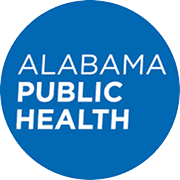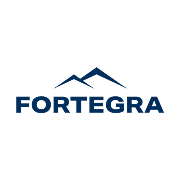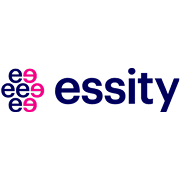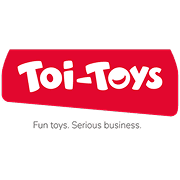Healthcare and life sciences
- Home
- Solutions Overview
- Healthcare and life sciences
InRule for healthcare and
life sciences
Healthcare and life sciences organizations use automation to improve patient outcomes, streamline operations, and ensure regulatory compliance. From claims processing to clinical decision support, InRule provides the tools to manage complexity, adapt to frequent regulatory changes, and deliver transparent, auditable decisions.

Challenges for healthcare and life sciences
Healthcare organizations must comply with evolving regulations, improve patient outcomes, and manage complex claims and eligibility decisions across fragmented systems.

Regulatory pressure
Constant updates in CMS, HIPAA, FDA, and other frameworks increase risk of non-compliance and slow system updates.

Fragmented data systems
Eligibility, claims, and patient data often live in multiple disconnected platforms, complicating integration and slowing automation.

Fraud and abuse
Billing irregularities and fraud require transparent detection tools that regulators can verify.

Staff burden
Analysts and caseworkers often spend valuable time on repetitive manual checks, reducing efficiency and delaying outcomes.
Testimonials
Hear from our clients

Lee Company (facilities services)
Director of IT
Alabama Department of Public Health
Senior Manager
Fortegra Financial
Director of Application Development
Essity
Dana Chris Reaves, Director of IT
Residential Earthquake Insurance Company
VP Information Systems
Toi-Toys
Bart Daams: Regulatory Affairs & Compliance ManagerImproving compliance and patient outcomes with InRule
Healthcare payors, providers, and life sciences organizations use InRule to manage claims, eligibility, and compliance logic in plain language. Analysts can use their data without coding, trust their rules with Vocabulary templates, and test effectively with regression testing. With deployment safeguards, teams deploy with confidence, meeting frequent regulatory updates without disrupting patient care or operations.

Deliver safe, auditable, and regulatory-compliant healthcare decisions
Automation in healthcare ensures that eligibility, claims, and clinical decisions are accurate, explainable, and ready for regulatory review.
Claims processing
Automate claims validation and reimbursement calculations. Rules ensure consistency and speed, while workflows handle exceptions, reducing delays and manual rework.


Eligibility checks
Apply rules to determine patient eligibility for programs or coverage. Changes to regulations can be updated quickly in natural language, reducing IT bottlenecks and keeping systems aligned with policy.
Fraud detection and prevention
Combine machine learning models with deterministic rules to flag suspicious claims or billing patterns. Guardrails and thresholds maintain transparency for regulators.


Regulatory compliance
Externalize decision logic from application code to create auditable, versioned rules. This ensures compliance with healthcare standards like CMS and MITA while enabling rapid updates when requirements change.
Common areas include claims processing, eligibility determination, fraud detection, compliance checks, and reimbursement calculations.
By externalizing logic into governed, auditable rules, every decision is logged and explainable. InRule supports transparency with Visual Trace, Rule Application Reports, and regression testing logs, making it easier to demonstrate compliance to regulators.
Yes. Routine validations can run automatically, while exceptions are routed to caseworkers. This reduces manual review time and ensures claims are processed faster and more consistently.
Machine learning models identify suspicious patterns, while rules apply thresholds and constraints to keep fraud detection explainable and regulatory-ready.
Automation reduces administrative delays, improves accuracy, and ensures eligibility and claims decisions are made quickly, helping patients access care and benefits without disruption.
Look for:
- Ability to externalize and audit regulatory compliance logic
- Modeling tools in natural business language for analysts
- Versioning and deployment safeguards to manage frequent regulatory changes
- Integration with claims systems, EHRs, and core health IT platforms
Resources
Industry applications
Deliver great service experiences fast – without the complexity of traditional ITSM solutions. Accelerate critical development work, eliminate toil, and deploy changes with ease.







